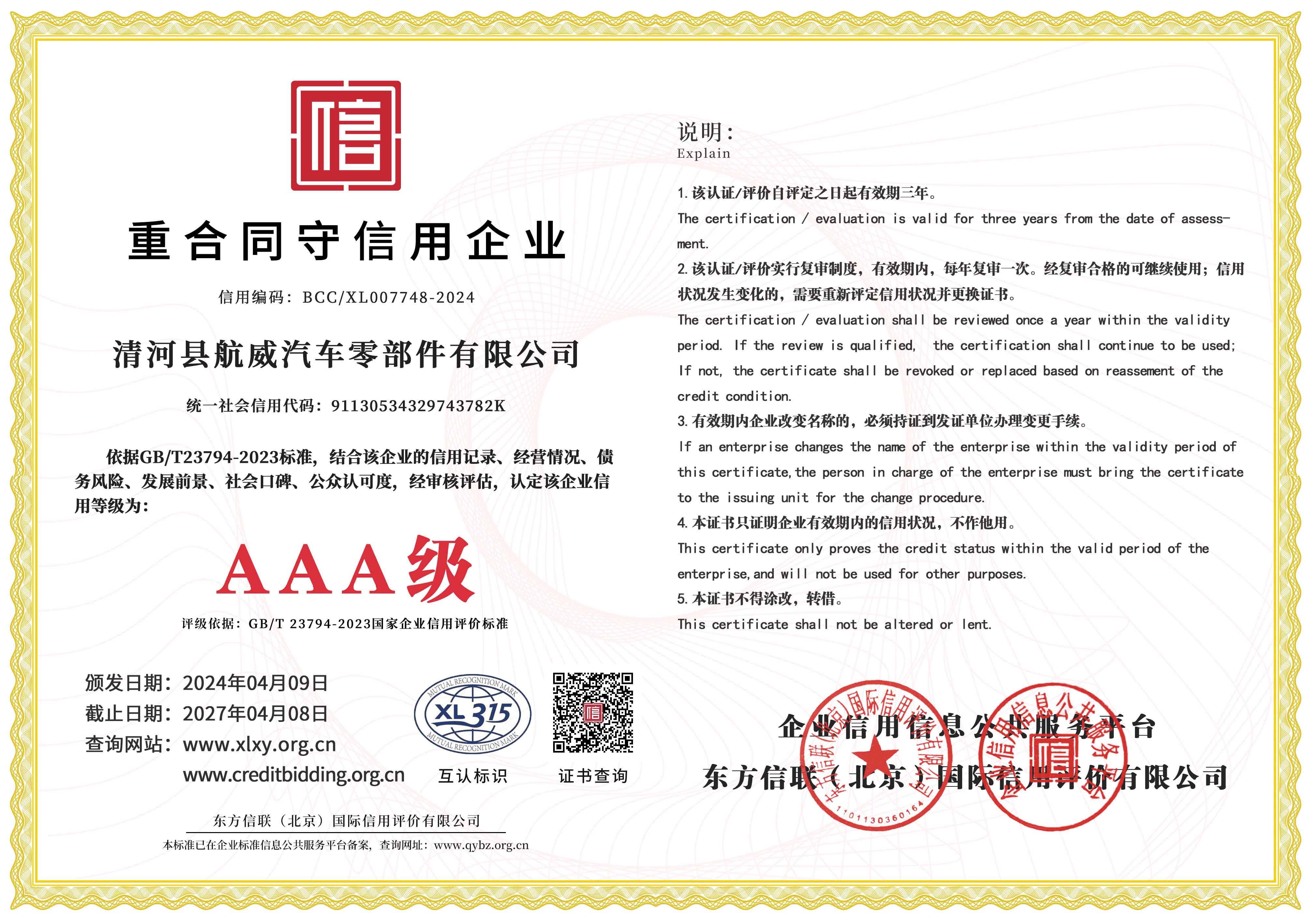changing gear cable
Changing Gear Cables A Comprehensive Guide
Changing gear cables is an essential maintenance task for cyclists, ensuring smooth gear shifting and overall bike performance. Over time, gear cables can fray, rust, or become misaligned, leading to difficulties in shifting and, in some cases, complete failure. This guide will walk you through the process of changing gear cables, ensuring you can tackle this task with confidence.
Understanding Gear Cables
Before diving into the replacement process, it’s vital to understand what gear cables are and how they function. Gear cables are flexible steel wires housed inside a casing that connect the gear shifters to the derailleur. When you shift gears, the shifter pulls on the cable, which moves the derailleur, thereby changing the gear ratio and allowing for smoother pedaling under various conditions.
Tools Needed
To change gear cables, you'll need a few essential tools 1. A new gear cable – Make sure it’s the right length for your bike. 2. Cable cutters – For trimming the cable to the required length. 3. A 5mm Allen key – Used to adjust the derailleur and shifters if necessary. 4. Screwdrivers – For any adjustments on the shifters or derailleurs. 5. Lubricant – To ensure smooth operation of the cable.
Step-by-Step Process
1. Preparation Start by shifting your bike into the easiest gear. This relieves tension on the cable and makes removal easier. Remove the old cable by unscrewing it from the derailleur.
changing gear cable

2. Removing the Old Cable Identify the cable stops on the bike frame, which hold the cable in place. Carefully detach the cable from these stops and pull it out of the housing. Make sure to note how it’s routed.
3. Installing the New Cable Take the new gear cable and thread it through the same cable stops and housing. Ensure that it follows the same path as the original to prevent tangling or incorrect routing.
4. Securing the Cable Once the cable is in place, pull it tight and attach it to the derailleur. Adjust the tension accordingly to achieve smooth shifting.
5. Testing After securing everything, test the shifting. If any adjustments are needed, use the barrel adjuster on the shifter to fine-tune the cable’s tension.
6. Final Touches Once you’re satisfied with the shifting performance, trim any excess cable and attach a cable end cap to prevent fraying.
Conclusion
Changing gear cables may seem daunting at first, but with the right tools and a clear understanding of the process, it can be a straightforward task. Regular maintenance of your bike, including replacing gear cables when necessary, will enhance your cycling experience and prolong the life of your components. Happy cycling!
-
Workings of Clutch Pipe and Hose SystemsNewsJun.04,2025
-
The Inner Workings of Hand Brake Cable SystemsNewsJun.04,2025
-
The Secrets of Throttle and Accelerator CablesNewsJun.04,2025
-
The Hidden Lifeline of Your Transmission Gear Shift CablesNewsJun.04,2025
-
Demystifying Gear Cables and Shift LinkagesNewsJun.04,2025
-
Decoding Clutch Line Systems A Comprehensive GuideNewsJun.04,2025
